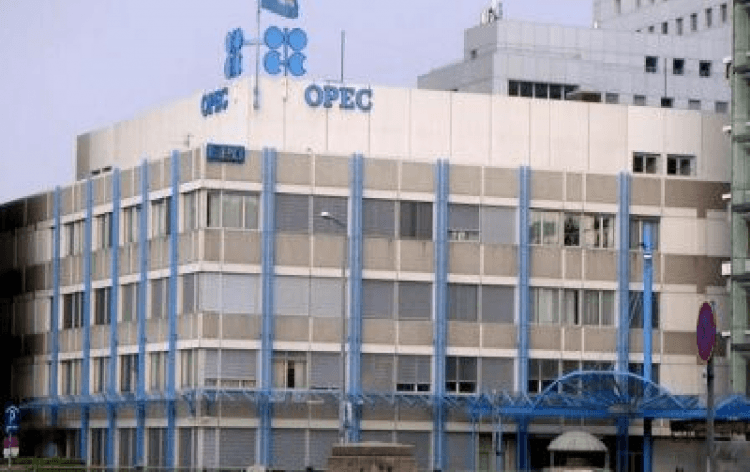Understanding Implications of the OPEC Deal

Members of the oil producer cartel, the OPEC, finally reached a deal to cut their output with hopes of helping stabilize oil prices. The action was highly anticipated and much-needed in and outside the oil sector. While drillers enjoy higher revenues as crude oil prices begin to rebound, the oil production cut by OPEC is also a boon for banks.
The cut is expected to lift oil prices to between $55 and $60 a barrel. Though oil prices have slightly recovered recently, they have languished below $50. The U.S. crude managed to rise 3.3% to $51.06 on Thursday, adding to Wednesday’s 9.3% gain.
Lenders have recently boosted their loan reserves amid fears that depressed crude prices would lead to widespread defaults in energy credit. Lower oil prices crimps revenue and profits for oil companies, making it difficult to service loans and this causes banks to lose interest revenue on oil loans.
Bank stocks surged when news of the OPEC deal reached the market. Investor expectation is only that the deal reduced risk on energy credit, but also that banks can boost their earnings by releasing the cash reserve they had built to cushion themselves against sour energy loans. Releasing the reserve means the banks can lend more and earn more interest revenue, boosting profits in the process.
Rebounding oil prices should also drive up demand for loans as drillers are expected restart projects they had put on hold because of the depressed crude prices. Uptick in loan uptake should boost loan earnings for lenders. For drillers, increased activity should also lift revenue and profits. For investors, higher earnings for banks and oil companies as oil prices rebound may mean dividend security.
OPEC lowers daily production by 1.2 million barrels
The OPEC deal cuts oil production by 1.2 million barrels per day. It is a modest cut, but the impact is expected to be substantial on an industry that has struggled with downbeat prices for more than two years. Oil prices early this year dipped to $27 a barrel. They have rebounded in recent months as OPEC attempted to find a solution to a supply glut in the global oil market.
While OPEC members initially bickered among themselves on who needed to lower its output and by how much, they recently had to get more serious on freezing output as their national budgets got increasingly strained.
Saudi Arabia, a major oil exporter, was already facing the challenge of decreased government spending as oil revenue shrank. But the kingdom still had a bone to pick with fellow producer Iran, causing earlier OPEC attempts to cut output to flop. But recently every producer in and out of OPEC, such as Russian, felt the urgent need to reach a deal. And they reached a deal this week in Vienna.
The dispute in the OPEC was that Saudi Arabia insisted that if it was about capping production, Iran also needed to do the same regardless of its current production status. But Iran balked from the proposal, saying its output had suffered as it faced international sanctions that limited the sale of its oil in the global market. Some of those sanctions were dropped recently and Iran is only working to restore its production levels to where they were before it was slapped with the economic embargoes. That created a stalemate in the OPEC. But the hurdle has been overcome.
With the OPEC move, the concern is that rebounding oil prices could cause U.S. shale drillers to restart idle wells rapidly, leading to renewed slide in oil prices. Such could complicate the picture for banks, put pressure on oil stocks and cause volatility in the currency market.



























Comments (0 comment(s))